Benjamin Robert Haydon (1786 – 1846)
Get a Haydon Certificate of Authenticity for your painting (COA) for your Haydon drawing.
For all your Haydon artworks you need a Certificate of Authenticity (COA) in order to sell, to insure or to donate for a tax deduction.
Getting a Haydon Certificate of Authenticity (COA) is easy. Just send us photos and dimensions and tell us what you know about the origin or history of your Haydon painting or drawing.
If you want to sell your Haydon painting or drawing use our selling services. We offer Haydon selling help, selling advice, private treaty sales and full brokerage.
We have been authenticating Haydon and issuing certificates of authenticity since 2002. We are recognized Haydon experts and Haydon certified appraisers. We issue COAs and appraisals for all Haydon artworks.
Our Haydon paintings and drawings authentications are accepted and respected worldwide.
Each COA is backed by in-depth research and analysis authentication reports.
The Haydon certificates of authenticity we issue are based on solid, reliable and fully referenced art investigations, authentication research, analytical work and forensic studies.
We are available to examine your Haydon painting or drawing anywhere in the world.
You will generally receive your certificates of authenticity and authentication report within two weeks. Some complicated cases with difficult to research Haydon paintings or drawings take longer.
Our clients include Haydon collectors, investors, tax authorities, insurance adjusters, appraisers, valuers, auctioneers, Federal agencies and many law firms.
We perform Benjamin Robert Haydon art authentication, appraisal, certificates of authenticity (COA), analysis, research, scientific tests, full art authentications. We will help you sell your Benjamin Robert Haydon or we will sell it for you.

1845 Oil on Canvas
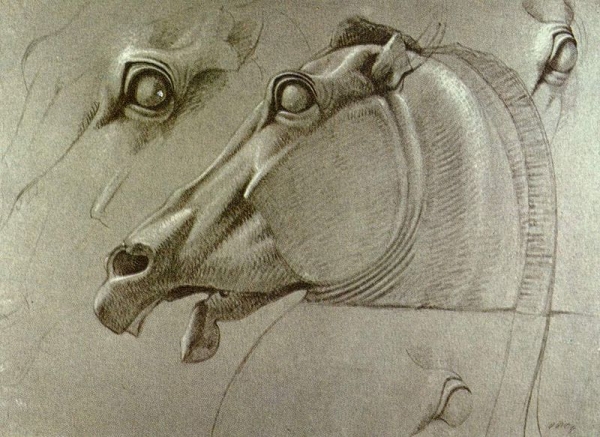
54 x 76.2 cm Charcoal drawing
British Museum
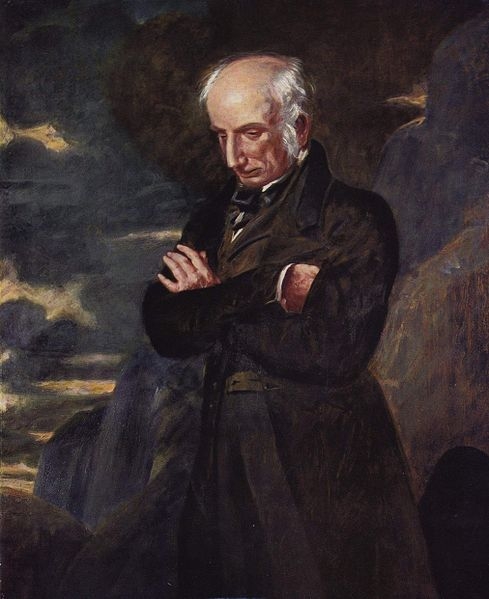
1842 Oil on Canvas 124 x 99 cm
National Portrait Gallery
Benjamin Haydon was an English artist from Plymouth, known for his historical paintings. Haydon’s father was a skilled printer and publisher and his mother was the daughter of a well-known reverend. While Haydon had many interests as a child, he knew early on that he wanted to be a painter.
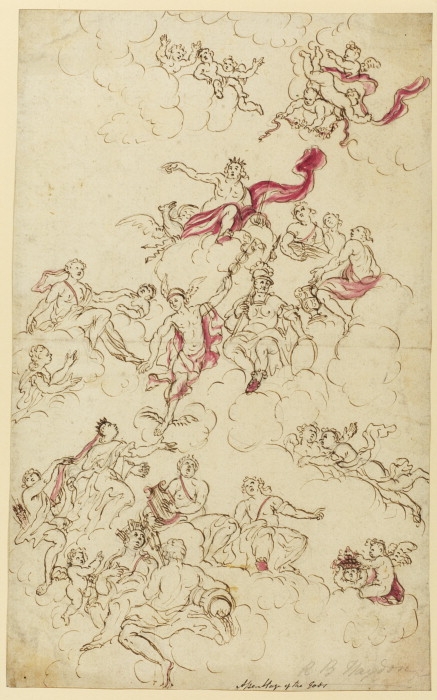
Pen and Ink 30.5 x 19 cm
Courtauld Gallery

Pen and Ink on paper 19th Century
Courtauld Gallery
In 1804, young Haydon moved to London and enrolled at the Royal Academy. Haydon worked tirelessly, impressing his peers and professors, and before long he was exhibiting and selling his work. Before long, Haydon was receiving commissions from important clients such as Lord Mulgrave and Sir George Beaumont.

1832 Chalk drawing
Birmingham Museum
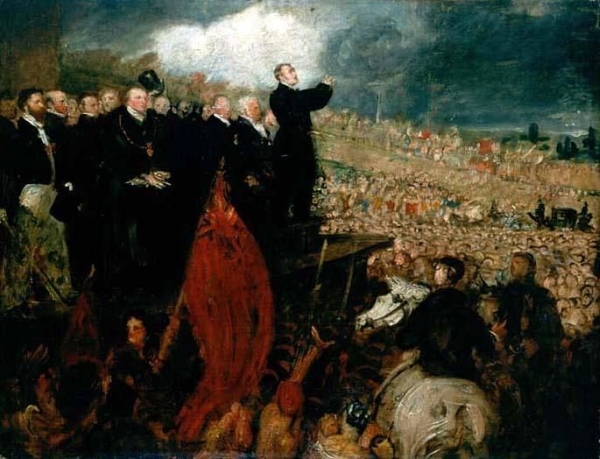
1832 Oil on Painting
Birmingham Museum
Haydon’s relationship with the Royal Academy was weakened after one of his masterpieces, Dentatus. was exhibited in a low profile location, rather than being shown as a focal piece. Haydon felt like while his popularity was growing publicly, the academy did not fully appreciate his work.

1816 Pen and ink 70 x 203 mm
National Portrait Gallery
Haydon soon began taking on his own students, the first of whom was Charles Lock Eastlake, who later became a well-known British artist. Haydon continued to receive commissions, received a decent amount of income from his piece The Judgement of Solomon, which helped him financially when his father stopped supporting him.
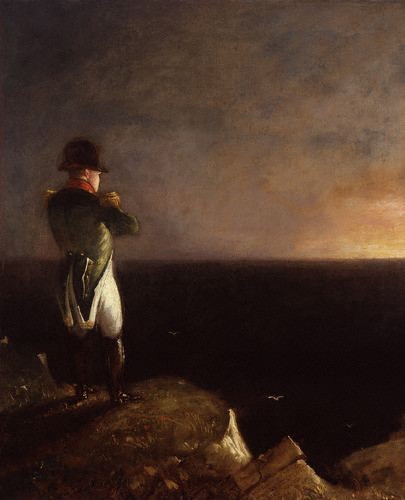
1830 Oil on Canvas 762 x 631 mm
National Portrait Gallery
Around 1810, Haydon decided to escape London and travelled to Paris with his friend and fellow painter, David Wilkie. When Haydon returned, he painted several large religious paintings, inspired by his time studying at the Louvre.
In 1821, Haydon married a young woman who was widowed with two children. While Haydon was devoted to his new family, legal issues interfered with their relationship when Haydon was imprisoned in 1823. A committee soon formed to support Haydon’s historical paintings and lobby for his release. Haydon was actually able to use his time in prison productively and execute several paintings, one of which was purchased by King George IV.
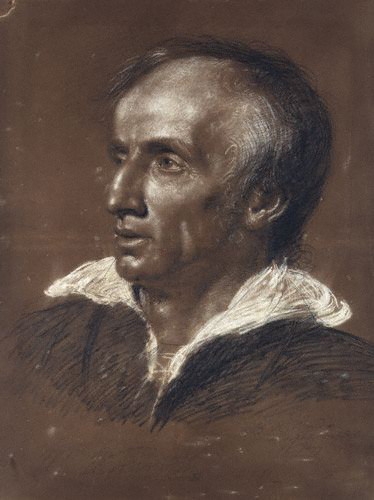
1818 Chalk drawing
National Portrait Gallery
After Haydon’s release, his financial problems continued to mount. He lost several contests, which could have resulted in large monetary prizes. While Haydon was commissioned for a piece Alfred and the Trial by Jury, his debt had climbed into the thousands. In a state of depression and despair, Haydon committed suicide, leaving behind his wife and three children.
While Haydon’s life ended in a tragic fashion, he can be remembered as one of the most important British, history painters of his time. His paintings can now be found in the collections of major museums across Britain and around the world.
Reviews
1,217 global ratings
5 Star
4 Star
3 Star
2 Star
1 Star
Your evaluation is very important to us. Thank you.
